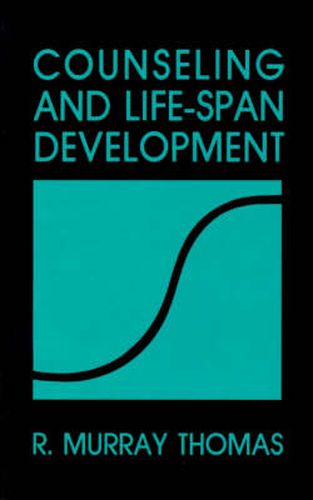Readings Newsletter
Become a Readings Member to make your shopping experience even easier.
Sign in or sign up for free!
You’re not far away from qualifying for FREE standard shipping within Australia
You’ve qualified for FREE standard shipping within Australia
The cart is loading…






The purpose of this volume is to answer those questions about life stages most important to counsellors, psychologists, psychiatrists and social workers. The author first identifies key decision that are typically made in the process of counselling, with the focus particularly on major types of problems that bring clients to counselling. Then, for each decision he determines which kinds of age-related information could enhance the counselling process. As a result, life-span concepts and facts are linked directly to the daily concerns of counsellors. The first part introduces key concepts and reviews common approaches to counselling. Each chapter in the second part opens with a description of characteristics common to people and to their social setting at different stages of life which are important to counselling decisions, and illustrates their application to counselling problems often met within those stages. Finally, the closing part identifies ways counsellors can locate life-span information useful in counselling and types of information not yet available.
$9.00 standard shipping within Australia
FREE standard shipping within Australia for orders over $100.00
Express & International shipping calculated at checkout
The purpose of this volume is to answer those questions about life stages most important to counsellors, psychologists, psychiatrists and social workers. The author first identifies key decision that are typically made in the process of counselling, with the focus particularly on major types of problems that bring clients to counselling. Then, for each decision he determines which kinds of age-related information could enhance the counselling process. As a result, life-span concepts and facts are linked directly to the daily concerns of counsellors. The first part introduces key concepts and reviews common approaches to counselling. Each chapter in the second part opens with a description of characteristics common to people and to their social setting at different stages of life which are important to counselling decisions, and illustrates their application to counselling problems often met within those stages. Finally, the closing part identifies ways counsellors can locate life-span information useful in counselling and types of information not yet available.